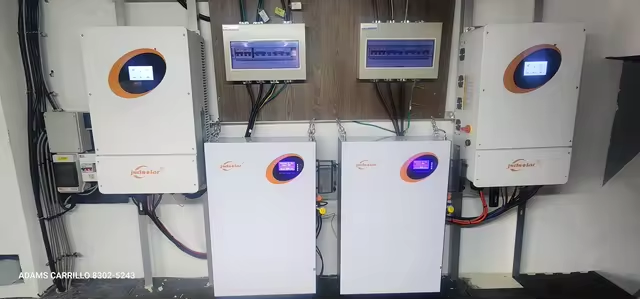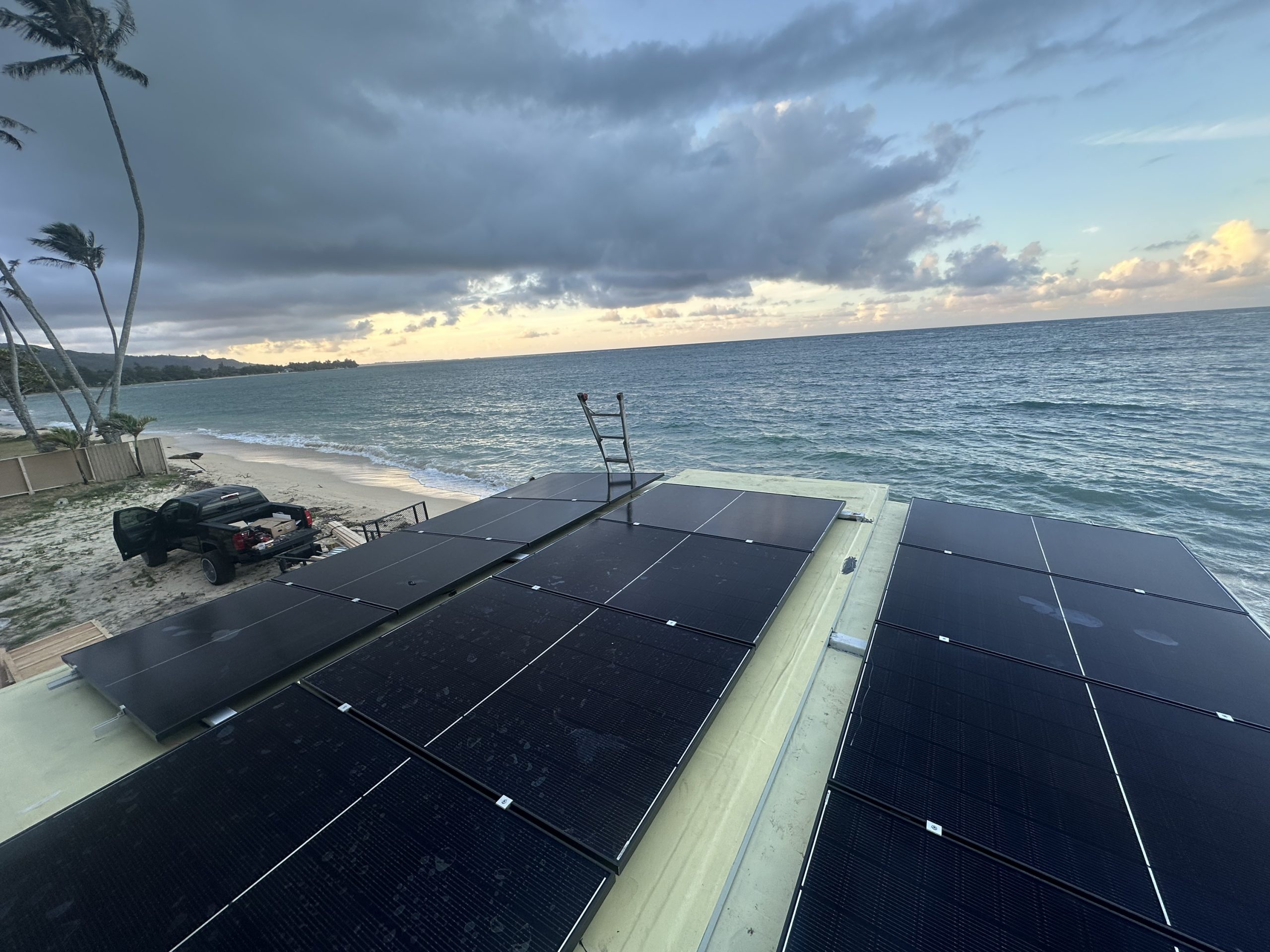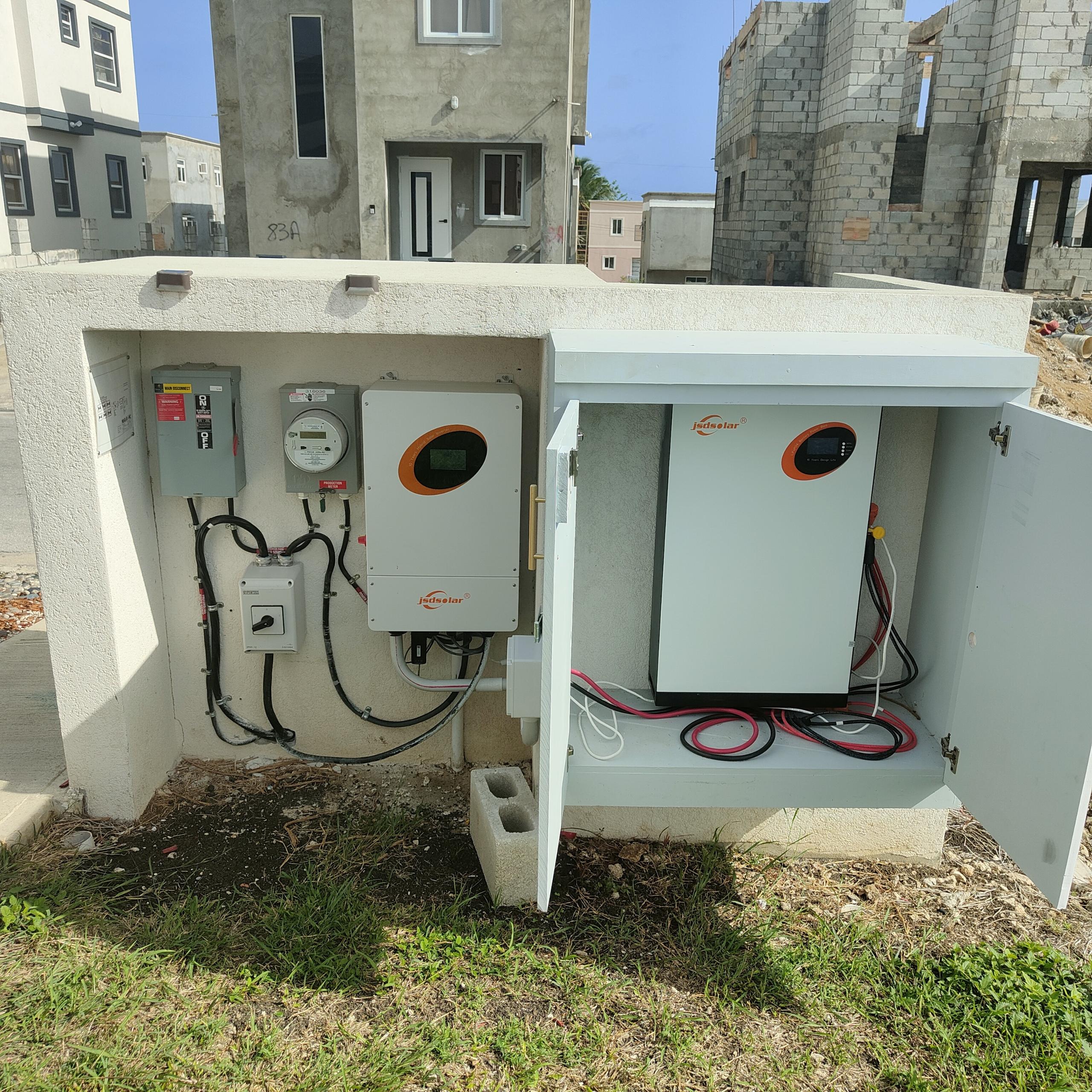Should You Buy Solar Systems from China or Locally? A Data-Driven Comparison
The global solar industry is dominated by Chinese manufacturers, with China producing 95% of the world’s solar panels, 90% of inverters, and 90% of batteries in 2023 (IEA). This raises a critical question for homeowners and businesses: Is it better to purchase solar systems directly from Chinese suppliers or rely on local distributors? While local installers often market their products as “premium” or “certified,” the reality is that most components—even those sold by Western brands—originate from China. To make an informed decision, let’s break down the pros, cons, and hidden costs of both options across four key dimensions.
1. The Global Supply Chain Reality: China’s Solar Dominance
China’s solar manufacturing supremacy is undeniable:
- Solar Panels: Nine of the world’s top 10 panel manufacturers (e.g., JinkoSolar, LONGi, Trina Solar) are Chinese.
- Inverters: Huawei and Sungrow control 40% of the global inverter market.
- Batteries: CATL and BYD supply 60% of lithium-ion batteries worldwide.
Even “local” solar brands often rebrand Chinese-made products. For instance, U.S.-based SunPower sources panels from Maxeon (a subsidiary with factories in China and Southeast Asia). This means paying a premium for “local” equipment doesn’t always guarantee superior quality—it might just add middleman markups.
2. Buying from China: Pros and Cons
Advantages
- Cost Savings: Chinese panels are 50–70% cheaper than those sold locally. A 400W monocrystalline panel costs $180–$220 in China vs. $350–$500 in the U.S. or EU.
- Cutting-Edge Technology: Chinese firms invest heavily in R&D. For example, LONGi holds the world record for PERC cell efficiency (26.8%), outperforming many Western competitors.
- Customization: Direct suppliers like JA Solar offer tailored solutions (e.g., black-on-black panels for aesthetic roofs).
Disadvantages
- Complex Logistics: Shipping a 10 kW system (25 panels + inverter) from China costs $2,000–$5,000 and takes 8–12 weeks. Delays at customs are common.
- Quality Roulette: While top-tier brands (e.g., Jinko) match global standards, smaller Chinese factories may use lower-grade materials.
- Tariffs and Taxes: The U.S. imposes a 25% tariff on Chinese solar products; the EU plans similar tariffs in 2024.
- No Local Support: Warranty claims require shipping defective components back to China, which can take months.
3. Buying Locally: Pros and Cons
Advantages
- Simplified Installation: Local suppliers handle permits, installation, and grid connections. For example, a U.S. homeowner pays $18,000–$25,000 for a turnkey 6 kW system, including labor.
- Warranty Protection: Most local installers offer 25-year panel warranties and 10-year service guarantees. Tesla’s U.S. customers, for instance, get same-day troubleshooting.
- Avoid Hidden Costs: Local prices include tariffs, certifications (e.g., UL in the U.S.), and compliance with fire codes (e.g., NEC 2020 in the U.S.).
Disadvantages
- Higher Prices: A 10 kW system costs $25,000–$35,000 in the U.S. vs. $8,000–$12,000 (components only) from China.
- Limited Product Choice: Local distributors typically stock 2–3 brands. Want a hybrid inverter with EV charging? You’ll pay a 30% premium.
- Middleman Margins: Installers mark up equipment by 40–100%. A $220 Chinese inverter sells for $450–$600 locally.
4. Buying from China: Key Considerations
If you decide to import directly, follow these steps to mitigate risks:
Step 1: Verify Supplier Credibility
- Check certifications (TÜV, IEC, UL).
- Use platforms like Alibaba’s “Trade Assurance” for payment protection.
- Request samples before bulk orders.
Step 2: Plan Logistics Carefully
- Choose sea freight for large orders (cost: $40–$80 per cubic meter).
- Insure shipments against damage (premium: 1–2% of cargo value).
- Hire a customs broker to handle paperwork.
Step 3: Factor in Tariffs and Taxes
- In the U.S., Chinese solar products face a 25% tariff + 18% anti-dumping duty.
- In the EU, tariffs will rise from 7.5% to 35% by 2026.
Step 4: Prepare for DIY Challenges
- Hire a licensed electrician ($50–$100/hour) for installation.
- Use third-party warranties from companies like SolarInsure for coverage.
Case Study: U.S. Homeowner Saves 40% by Importing from China
John in Texas purchased a 10 kW system from JinkoSolar for $11,000 (panels: $8,500; Sungrow inverter: $2,500). After paying $3,200 for shipping, tariffs, and installation labor, his total cost was $14,200—40% cheaper than local quotes ($23,000). However, he spent 20 hours coordinating logistics and repairs.
Conclusion: Who Should Buy from China?
- Choose China if: You’re tech-savvy, want the lowest prices, and can handle logistics. Ideal for off-grid systems or large-scale projects.
- Choose Local if: You prioritize convenience, warranties, and compliance. Best for grid-tied homeowners and small businesses.
While China’s solar industry offers unbeatable value, importing requires meticulous planning. For most homeowners, partnering with a local installer—despite higher costs—remains the safer bet. However, as tariffs rise and supply chains shift, this equation could change. Always compare total costs (components + labor + tariffs) before deciding.
Final Tip: Use tools like SolarReviews’ cost calculator to compare local and Chinese suppliers side-by-side.
- PREV: Null
- NEXT: How Real Tropical Homeowners Chose Solar: Lessons from Reddit











